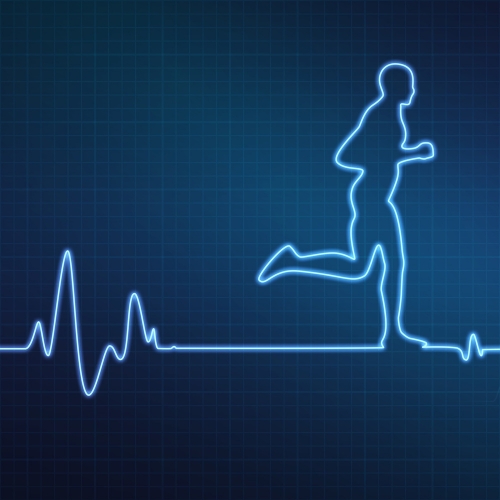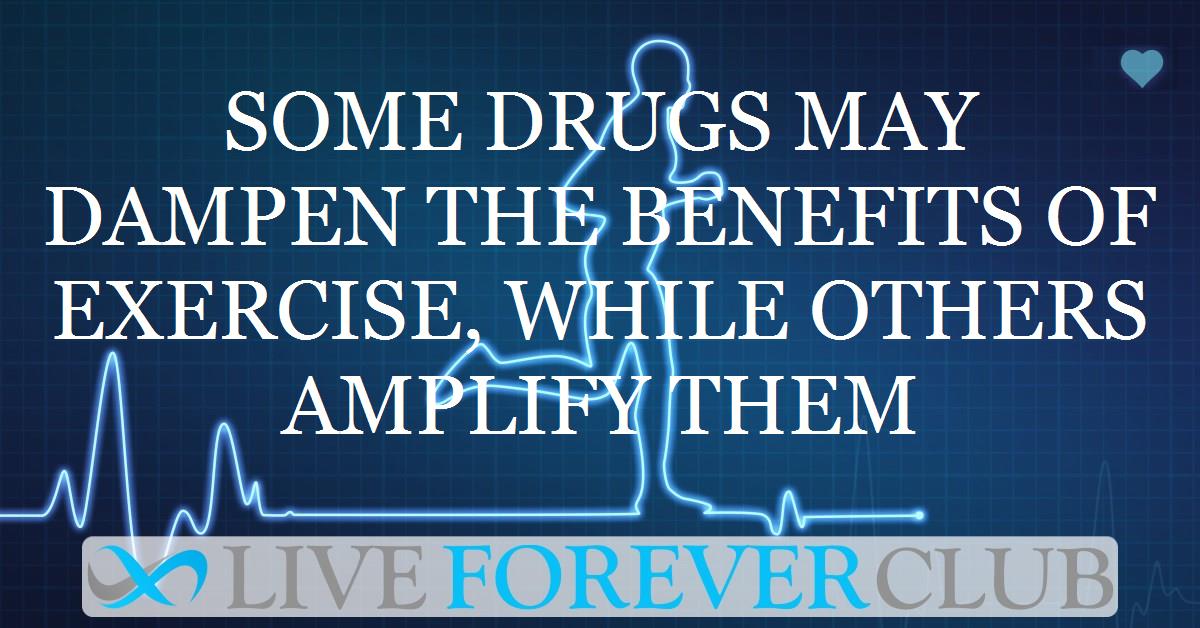As we age, our bodies undergo a decline in physiological functions, which can lead to various age-related diseases. Exercise has been universally recognised as a means to combat these effects, promoting healthier ageing and potentially extending lifespan. A recent study investigates how exercise interacts with specific geroprotective drugs: Rapamycin, Metformin, and SGLT2 inhibitors. These drugs have been identified for their potential to protect against age-related decline, but their combined effect with exercise remains unclear. The research aims to understand whether these drugs complement or counteract the benefits of exercise in the context of ageing and healthspan.
The study
The methodology of the study involved a comprehensive review of existing literature and experimental data concerning the interaction between exercise and geroprotective drugs. The research team meticulously analysed various studies and clinical trials that focused on the effects of Rapamycin, Metformin, and SGLT2 inhibitors in the context of ageing and exercise. They assessed the impact of these drugs on physiological aspects related to ageing, such as metabolic health, muscle function, and cellular ageing processes. The team also evaluated how these drugs influenced the benefits typically associated with exercise in ageing individuals. This analysis aimed to provide a clear understanding of whether these drugs could enhance or diminish the effects of exercise on healthy ageing.
Key Results and Statistics
The study presents significant findings regarding the effects of geroprotective drugs on ageing and the role of exercise. Focusing on Rapamycin, Metformin, and SGLT2 inhibitors, the researchers explored their individual and combined impacts with exercise on health and longevity.
Rapamycin: While it extends lifespan by inhibiting the mTOR pathway, crucial for cell growth and metabolism, its interaction with exercise raises concerns. The drug might limit the beneficial effects of exercise on muscle health and function, suggesting a complex balance between pharmacological intervention and physical activity in ageing.
Metformin: Commonly used for diabetes, Metformin's impact on exercise varies. Some studies indicate it may enhance exercise benefits by improving glucose metabolism and reducing inflammation. However, other research suggests it could reduce the gains from exercise, particularly in muscle adaptations and cardiovascular improvements. This dual nature indicates the need for personalised approaches in combining Metformin with exercise regimes.
SGLT2 Inhibitors: These newer drugs, targeting renal glucose reabsorption, show promise in improving metabolic health. However, their interaction with exercise remains underexplored. Preliminary data suggests potential benefits in metabolic efficiency and cardiovascular health, but comprehensive studies are necessary to understand their role in exercise and ageing. interaction with exercise needs further exploration.
Implications
The research has significant implications in gerontology and personalised healthcare. It underscores the importance of understanding the interaction between exercise and geroprotective drugs in promoting healthy ageing. This knowledge is crucial for developing tailored interventions that optimise the benefits of both pharmacological treatments and lifestyle changes.
Personalised Medicine: The study highlights the need for personalised approaches in prescribing geroprotective drugs. Individual differences in response to these drugs, combined with exercise, suggest that one-size-fits-all recommendations may not be effective.
Further Research: The findings indicate a need for more research to understand the optimal combination of exercise and geroprotective drugs. This includes exploring the effects of different types and intensities of exercise, as well as the timing and dosage of these drugs.
Healthcare Guidelines: The implications of this research could lead to revised guidelines in managing ageing and age-related diseases. Healthcare providers might need to consider the interactions between exercise and these drugs when advising elderly patients.
Public Health Policy: The study could influence public health policies related to ageing. Understanding how to maximise the benefits of exercise and geroprotective drugs can help in developing strategies for improving the healthspan of the ageing population.
Educating the Public and Professionals: There's a need for educating both the public and healthcare professionals about the complex relationship between exercise, ageing, and geroprotective drugs. Awareness of these interactions can lead to better health choices and improved management of ageing.
Future of Ageing Research: This research paves the way for future studies exploring other potential geroprotective agents and lifestyle interventions. It opens up new possibilities in the quest to understand and mitigate the ageing process.
Credits
The research was carried out by Rozalyn M. Anderson, Dudley W. Lamming and team and was conducted at the University of Wisconsin-Madison. The findings are published in BMC Biology.







